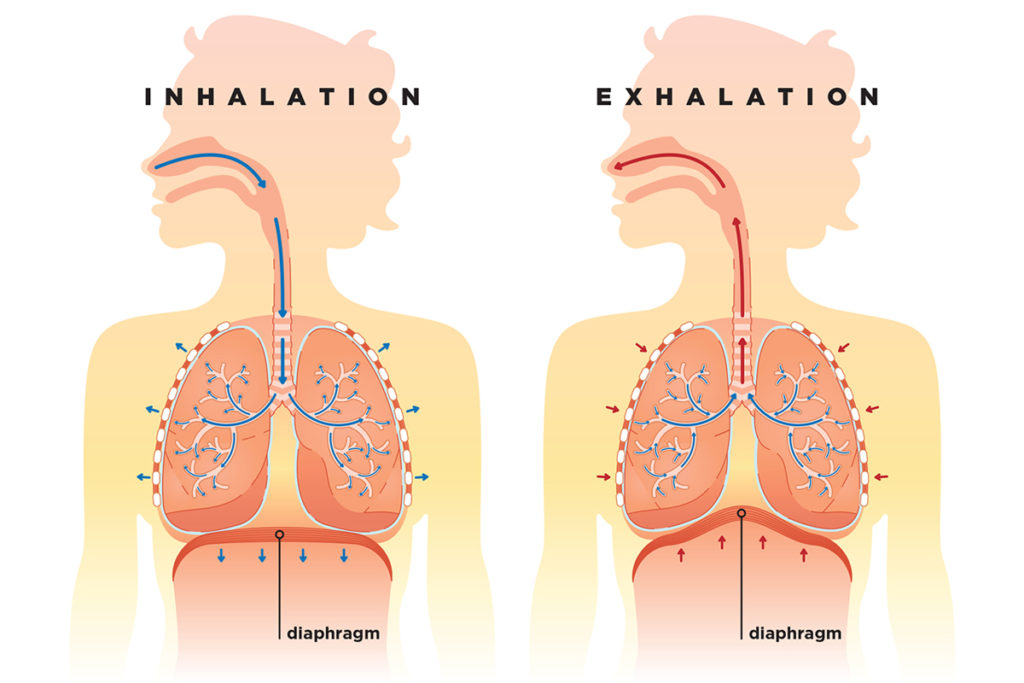Breaking Down Salivary Glands
Learn more about what makes your mouth water.

It is well known that salivary glands are key components of the digestive system, allowing us to consume food and nutrients. But there’s more to assimilate about how these oral organs work!
Salivary glands are located in and around the oral cavity. They excrete saliva to keep the mouth protected and lubricated and to break down food for digestion.
There are major and minor salivary glands. The major glands are larger and work together to produce a higher amount of digestive and protective saliva. Here are the three types:
- the parotid glands—the largest of the salivary glands—which are located near the back of the jaw on either side and produce 25%–30% of daily salivary output;
- the submandibular glands—the second largest—which sit beneath the jaw and together produce up to 70% of daily saliva output; and
- the sublingual glands, located under the tongue, which secrete about 5% of daily saliva output through duct openings that run along the sublingual tissue.
Rather than producing digestive and protective saliva, the minor glands lubricate the walls of the mouth. They number 800–1,000 individual glands and contribute about 1% of daily saliva output (Sieroslawska 2020).
Quench your thirst for knowledge with more facts:
- The saliva produced by the salivary glands contains 99.5% water; the rest is made of electrolytes, mucus, glycoproteins, enzymes and antibacterial compounds (Sieroslawska 2020).
- Salivary glands in adults excrete 1–1.5 liters of saliva daily (Sieroslawska 2020).
- Common salivary gland disorders include sialolithiasis (stones), sialadenitis (a gland infection), viral infections, cysts, tumors and sialadenosis (salivary gland enlargement) (Harvard Health Publishing 2018).
- The salivary glands excrete two types of saliva. Serous saliva contains enzymes to help with digestion and is primarily secreted by the submandibular and parotid glands. Mucous saliva lubricates and protects the oral cavity and is mainly secreted by the submandibular, sublingual and minor salivary glands (Sieroslawska 2020; de Paula 2017).
- Both aerobic and anaerobic exercise have been shown to increase saliva production, promoting salivary gland and oral health (Sant’Anna et al. 2019).
See also: A Taste for Health
References
de Paula, F. 2017. Overview of human salivary glands: Highlights of morphology and developing processes. The Anatomical Record, 300 (7), 1180–88.
Harvard Health Publishing. 2018. Salivary gland disorders. Accessed Dec. 16, 2020: health.harvard.edu/a_to_z/salivary-gland-disorders-a-to-z.
Sant’Anna, M.D.L., et al. 2019. Physical exercise stimulates salivary secretion of cystatins. PLOS ONE, 14 (10), e0224147.
Sieroslawska, A. 2020. Salivary glands. Kenhub. Accessed Dec. 16, 2020: kenhub.com/en/library/anatomy/the-salivary-glands.
Sarah Kolvas
Sarah Kolvas is the content manager for IDEA.







